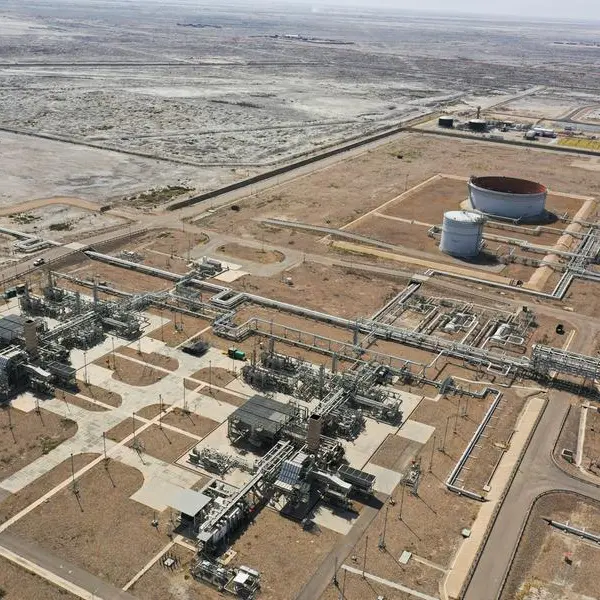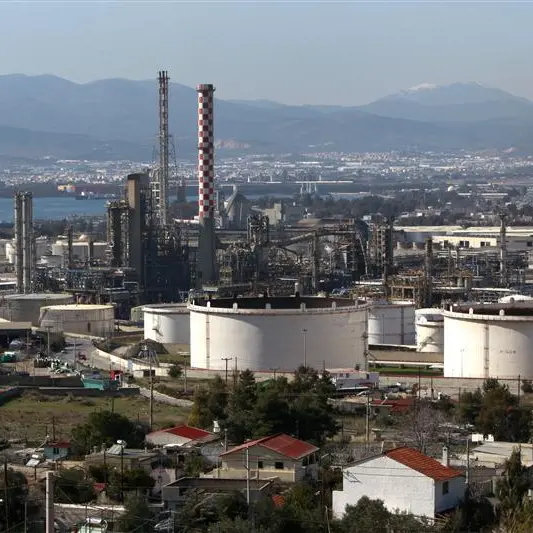PHOTO
NEW YORK: Global oil demand will outpace supply next year, the U.S. Energy Information Administration said on Tuesday, reversing a prior forecast for a surplus.
The change came after OPEC and its allies, collectively known as OPEC+, extended most of their deep oil output cuts into next year at a meeting last month. The producer group has been restricting output since late 2022 to shore up oil markets in the face of weakening demand growth, high interest rates and record U.S. output.
If the market goes into a deficit, refiners will need to drain oil from inventories to meet demand.
The deficit will be smaller next year than this year, the EIA said. Global oil demand will average about 104.7 million barrels per day (bpd) next year, while supply will be around 104.6 million bpd, the EIA said in its monthly short-term energy outlook.
The EIA pegged global demand at around 104.5 million bpd and supply at 104.7 million bpd and in its previous forecast.
Lower OPEC+ output is also deepening the supply deficit through the rest of this year, EIA projections showed. World oil demand will exceed output by around 750,000 barrels per day in the second half of 2024, based on EIA's outlook.
Its earlier forecasts showed a smaller deficit of about 550,000 bpd in the second half this year.
Withdrawals from global inventories will push oil prices higher, EIA said. Global benchmark Brent crude prices will average $89 a barrel in the second half this year, up from $84 a barrel in the first half, it said.
The market could flip to a surplus again from the third quarter of next year if OPEC+ unwinds production cuts, the EIA said. The producer group said last month that it would slowly unwind some voluntary cuts from October.
"We anticipate that the market will gradually return to moderate inventory builds in 2025 after the expiration of voluntary OPEC+ supply cuts in 4Q24 and after forecast supply growth from countries outside of OPEC+ begins to offset growth in global oil demand," EIA said.
U.S. oil output will grow by 320,000 barrels per day this year to a record of 13.25 million bpd, slightly more than its previous forecast of 13.24 million bpd, EIA said. (Reporting by Shariq Khan in New York; Editing by Leslie Adler and Josie Kao)























